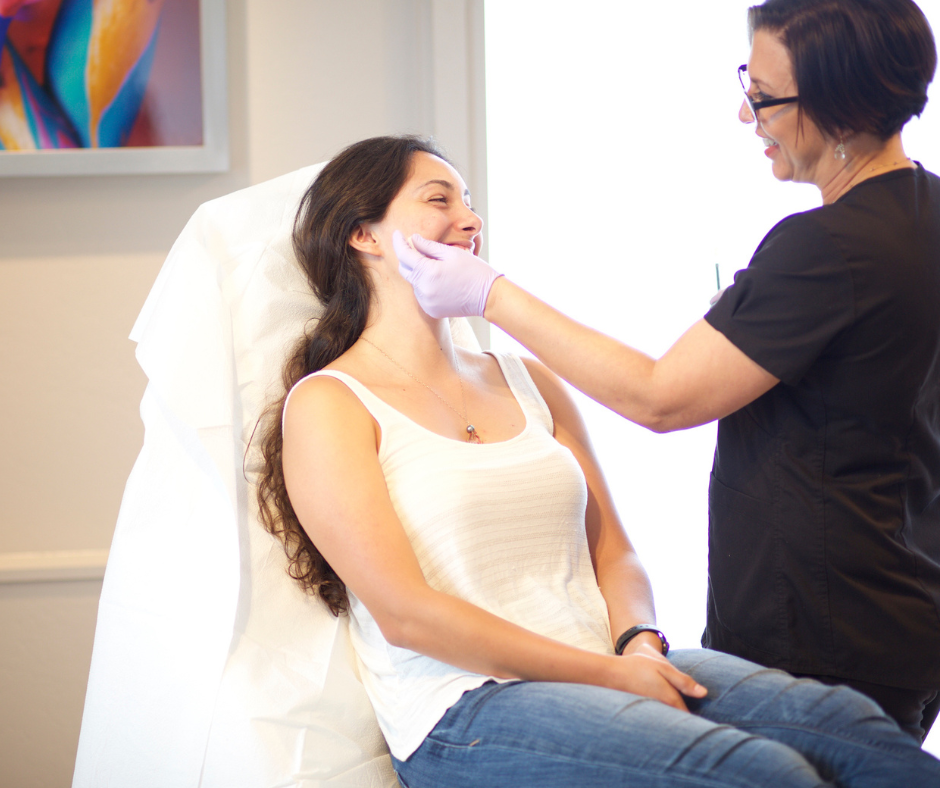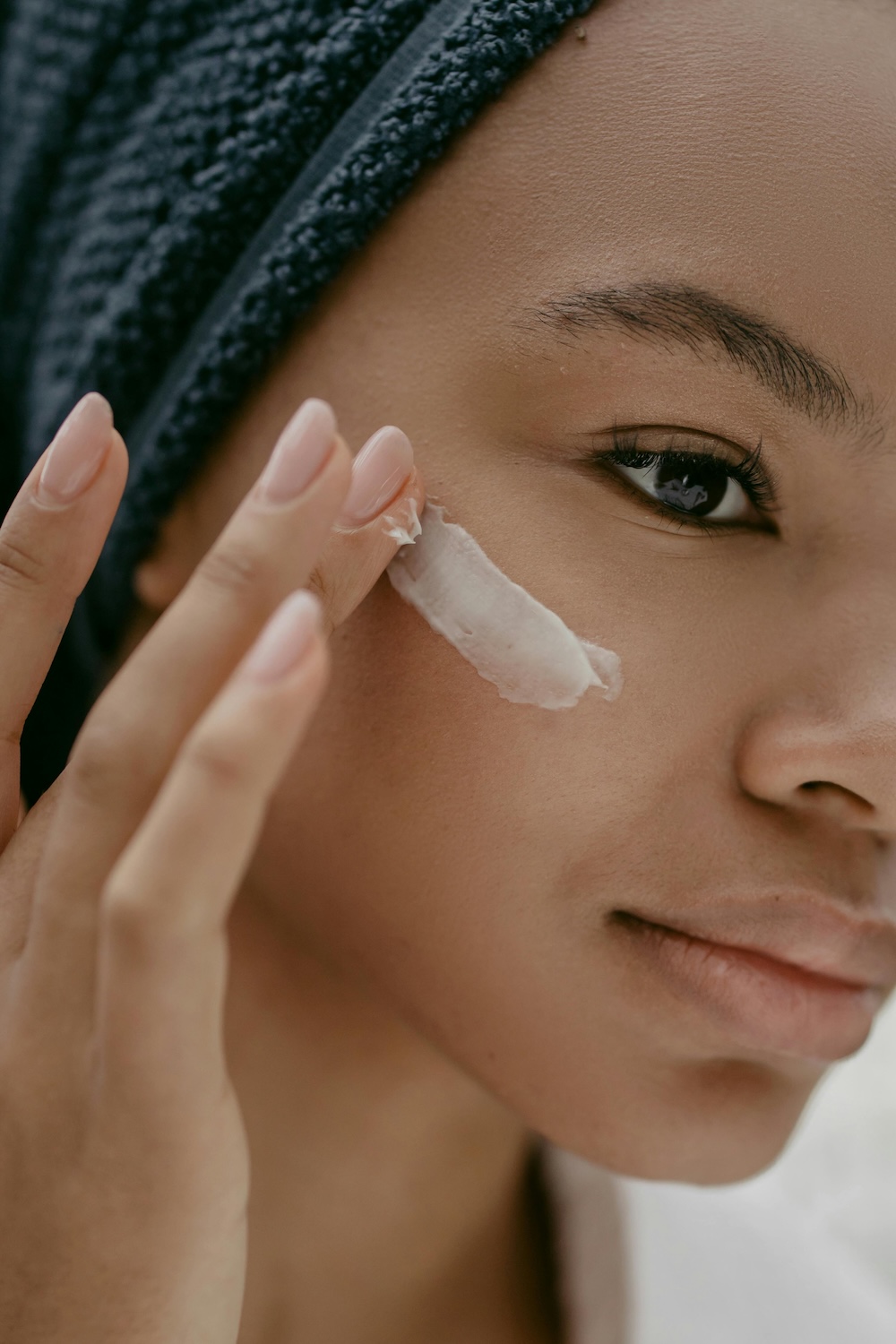If you have ever caught a glimpse of your face in the mirror and immediately Googled Xeomin®, BOTOX ® Cosmetic, or any other aesthetic medical treatment, you’re not alone. You’re in the right place.
Wrinkle relaxers, like BOTOX and Xeomin, are among the most widely discussed treatments in Aesthetic Medicine. But with all the buzzwords, brand names, and trends floating around, it can be hard to separate fact from fluff. What actually works? What’s the difference between all these injectables? And how do you know what’s right for you?
In this guide, I break down the real difference between Xeomin and BOTOX, and answer 20 of the most frequently searched questions about neurotoxin injections. As a physician practicing Aesthetic Medicine, these are tools I use every day to help patients feel confident, refreshed and more like themselves.
Let’s demystify the science, sidestep the hype and talk honestly about what wrinkle relaxers can do when they are done right.
What Is BOTOX And How Does It Work?
BOTOX® Cosmetic is the brand name of the oldest wrinkle relaxer in the United States. BOTOX (onabotulinumtoxinA) has many FDA-approved and off-label therapeutic uses, from head to tail, including migraines to sweaty armpits, to anal fissures. It has numerous uses because it temporarily blocks the signal from nerves to muscles, allowing the muscle to relax or become immobile, depending on the dosage.
What Is The Difference Between BOTOX And Fillers?
Neurotoxin stops muscle movement, which smooths out dynamic wrinkles. These are wrinkles caused by muscle movement, like crow’s feet, forehead lines, and frown lines. It is injected into the skin or directly into the muscles. Filler is an injectable gel made of Hyaluronic Acid. Filler is used to lift, contour, and smooth and is injected under the skin. It is commonly used for lifting the cheeks, smoothing out lip lines, enhancing lip shape, and reducing marionette and nasolabial folds.
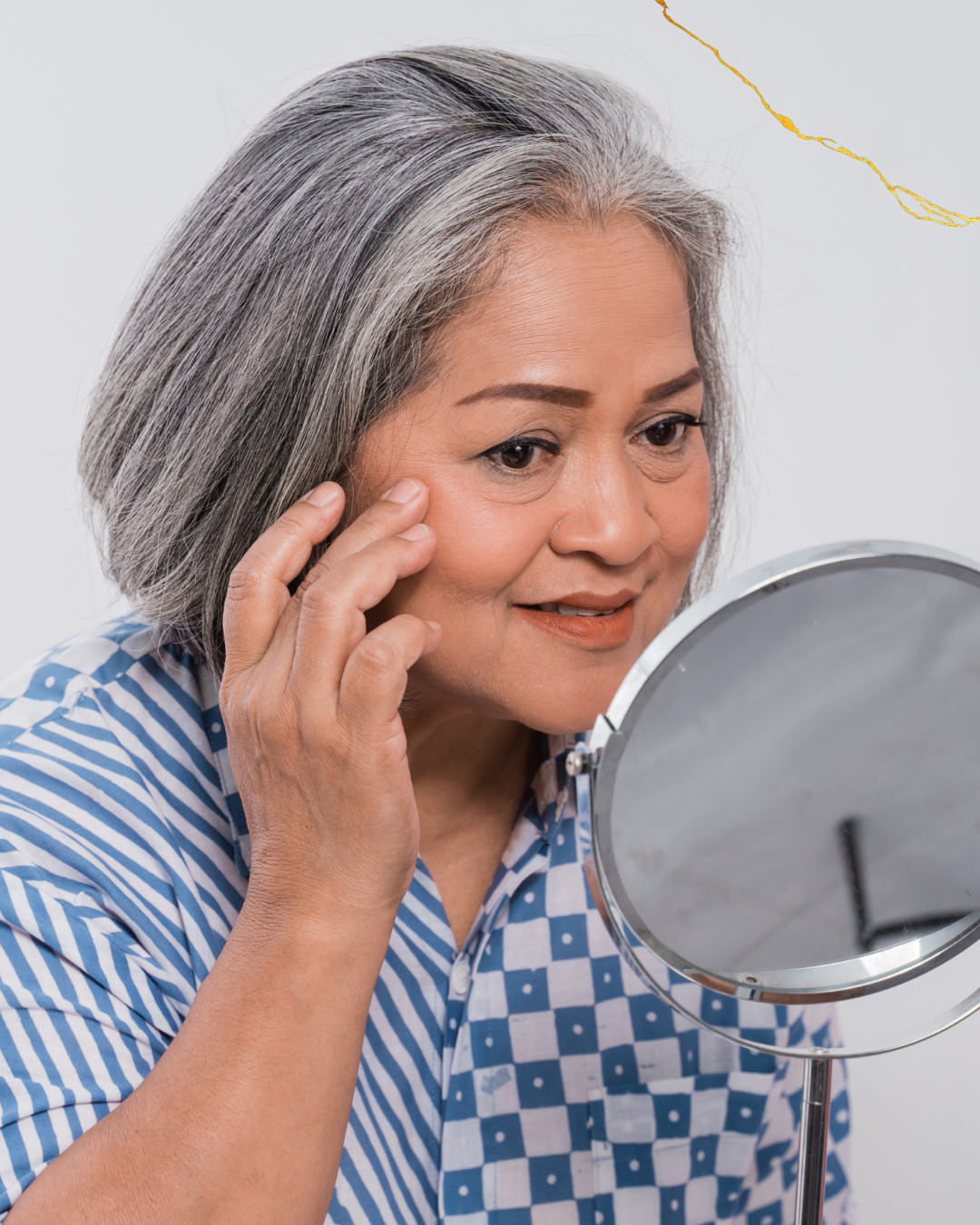

What should I know before I get injected?
Let’s start with this: wrinkle relaxers are a medical treatment. That means your first stop should always be a thoughtful consultation with a trained medical provider. Here are some other things you should know before your first injection:
- Training matters. Wrinkle relaxers are incredibly safe when used by someone with advanced training and a deep understanding of facial movement. Ask about your provider’s credentials.
- Touch-ups are normal. After your initial treatment, it’s common to need a little rebalancing around the two-week mark. A good provider will build that into your plan and adjust with intention.
- What can and cannot be done. BOTOX, Xeomin, and other neurotoxins are powerful tools, but they have a lane they need to stay in.
Wrinkle relaxers can:
- Prevent static wrinkles (the kind that stay put even when you’re not making an expression)
- Soften forehead lines, frown lines, and crow’s feet
Subtly lift the brows and open the eyes - Define the jawline and reduce bulk from overactive masseter muscles
- Smooth chin dimpling, soften necklace lines, and reduce platysmal bands in the neck
- Contribute to a more oval or heart-shaped facial silhouette
- Relax muscles around the mouth to allow the natural lip to “flip” and show more
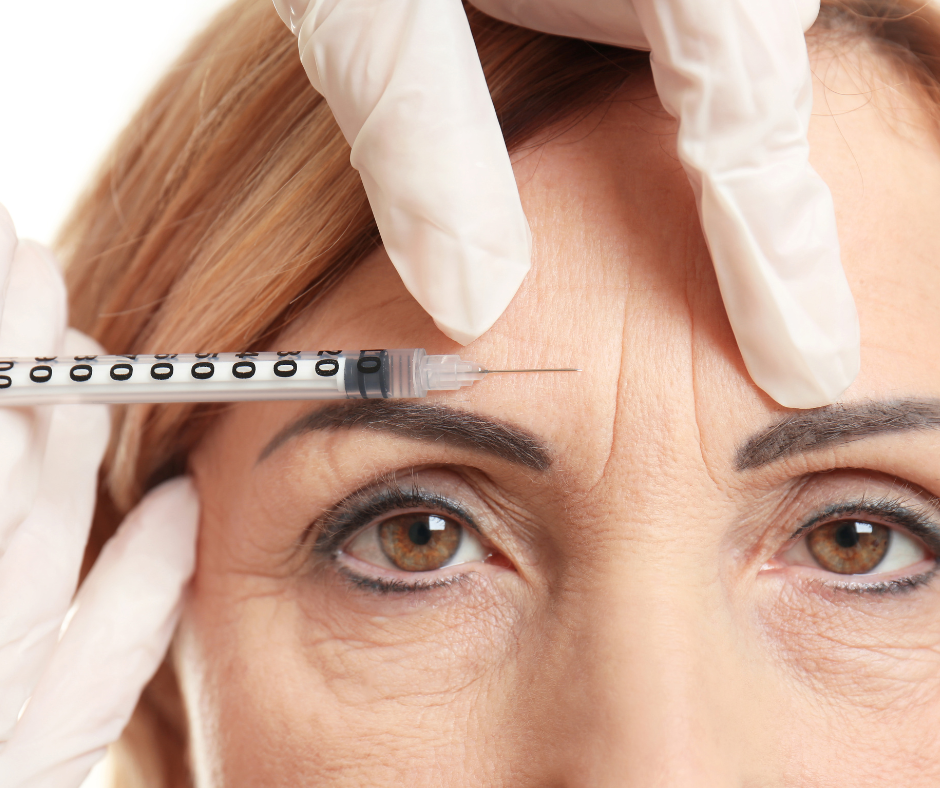
Wrinkle relaxers cannot:
- Replace lost volume (that’s filler’s job)
- Resurface skin or fade pigmentation (think lasers, medical facials, or prescription topicals)
- Guarantee brow lift results. For people with deep forehead lines, even small amounts of neurotoxin can sometimes cause the brows to drop. Heavy lids can be lifted slightly in the right hands, but poor placement can exacerbate the issue. This is why expertise matters.
Ultimately, a wrinkle relaxer should look like you, just well-rested, refreshed, and less annoyed at your Zoom screen.
Neurotoxin trends: what’s real, what’s not, what’s confusing
The internet is full of information about neurotoxin injections. Some of it is helpful, most of it, less so. Here’s what you need to know about the trends and buzzwords we hear a lot.
- Baby BOTOX: Despite the name, this isn’t about age; it’s about technique. Baby BOTOX, also called microtox, uses a diluted form of neurotoxin injected in tiny amounts across wide areas of the skin itself (not just into the muscles). Think dozens of pinpoint injections to smooth crepey skin, refine pores, and improve overall texture. Done correctly, it can give a subtle, refreshed look without freezing facial movement. But this is advanced work and definitely not a one-size-fits-all treatment.
- Lip flips vs lip filler: A lip flip uses neurotoxin to relax the muscle just above the upper lip. This allows the lip to “flip” slightly outward, creating a subtly fuller look without adding volume. Sounds great, right? It can be. But go too far, and you might find it tricky to sip through a straw, pronounce certain words, or keep toothpaste in your mouth. If you’re looking for a more pillowy shape or longer-lasting results, lip filler might be the better fit.
- Preventative BOTOX: Starting neurotoxin before deep lines set in can help prevent static wrinkles by limiting the repetitive creasing that causes them. But it’s not a magic shield. Preventative care still includes sunscreen, Medical-Grade Skin Care, and lifestyle habits that support long-term skin health. Think of neurotoxin as one tool in your toolbox, not the whole kit.
- Instagram myths vs physician insight: A short social media video can show you the “what,” but rarely the “why,” “how,” or “who is and isn’t a good candidate.” Social media loves a dramatic before and after, but Aesthetic Medicine is not about trends; it’s about treatment. Real results come from a medical professional who understands anatomy, product selection, and most importantly, you.
Curious about whether one of these treatments might be right for you? Bring it up in your consultation. No question is too trendy to deserve a real Answer.

Who Can Inject Neurotoxin or Neuromodulators?
This is one of the most important questions you can ask, and the answer depends on where you live. Injecting neurotoxin is practicing medicine. That means each state’s medical licensing laws govern it, and those laws determine who is legally allowed to perform your treatment.
Here’s a general breakdown:
- Physicians (MD or DO) can inject in all states.
- APRNs (Advanced Practice Registered Nurses) and PAs (Physician Assistants) can inject. APRN don’t need physician oversight in some states like Hawaii and Arizona. PA’s need a supervising physician.
- RNs (Registered Nurses) may also inject under physician supervision, depending on the state.
- Dentists can inject in many states, but their scope may be limited to areas outside the mouth only.
- In very few states, licensed aestheticians may inject, but only with direct physician supervision, and this is the exception, not the norm.
- Depending on your location and local regulations, you may also find naturopathic doctors (ND) who are also able to inject.
Regardless of who is administering the injection, safety and medical judgment should always take precedence.
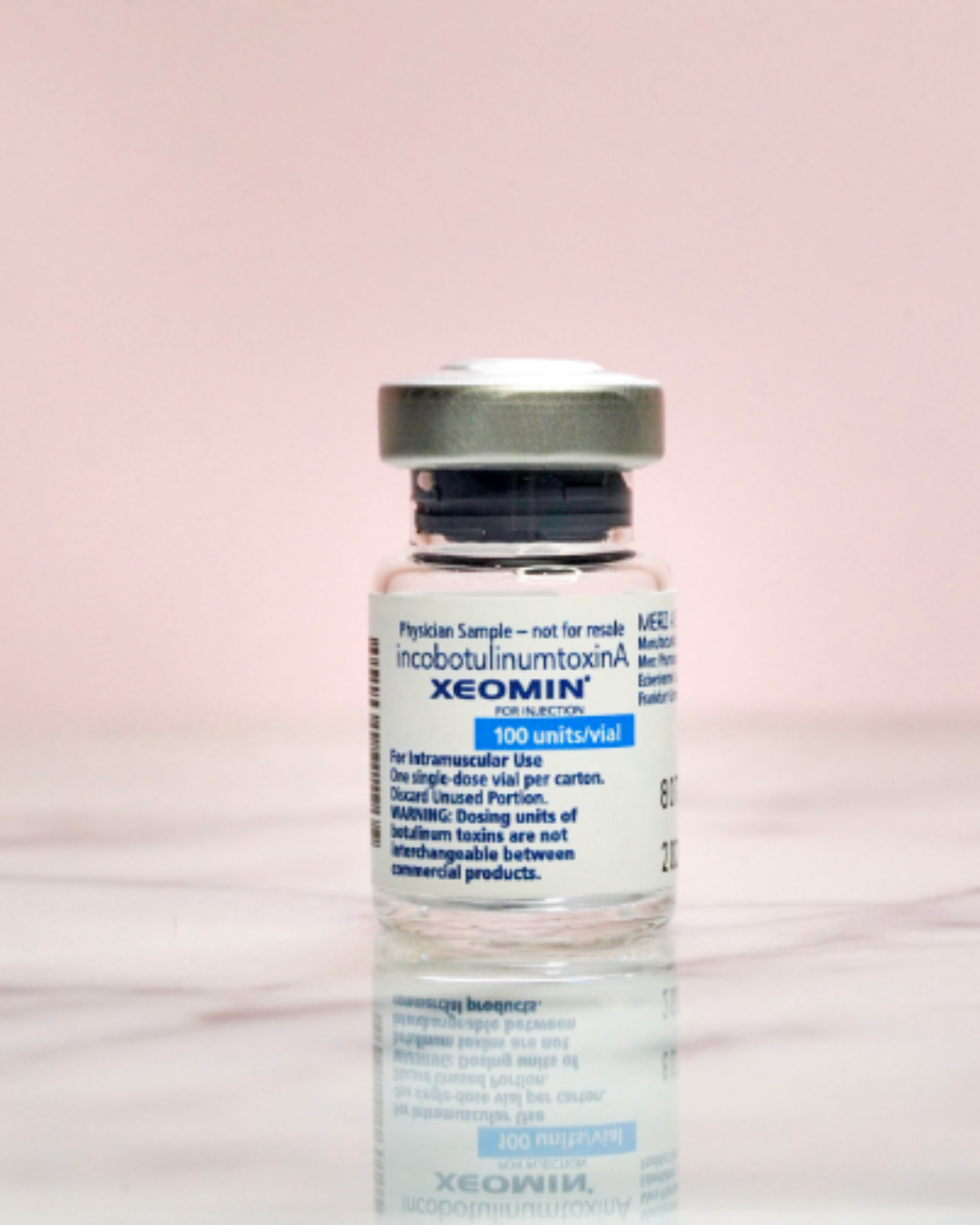
Before your appointment, here’s what you should expect:
- A clear, written informed consent explaining the risks and benefits. You should have time to read it, ask questions, and feel confident in your choice.
- Before photos—both at rest and with facial expressions—so your provider can assess muscle movement and track your results accurately.
- A two-week follow-up after your first treatment. This is where we fine-tune and make sure everything is settling just right. Everyone’s anatomy is different, and a thoughtful follow-up helps ensure your results feel natural, balanced, and effective.
Bottom line? Neurotoxin injections should never feel like a rushed transaction. They are a medical procedure. And you deserve a provider who treats them that way.
How Do I Know My Injector Is Trustworthy?
This might be the most important question in the entire blog. Because when it comes to neurotoxin injections, trust is essential. Botulinum toxin is a powerful medical treatment. When used properly, it’s incredibly safe. However, it is not reversible, and it should never be taken lightly.
Here’s what you need to know:
Recently, people were hospitalized in Chicago after receiving counterfeit BOTOX. These were healthy adults who ended up with botulism-like symptoms—including muscle weakness and trouble breathing—because someone injected them with an unregulated product. It’s terrifying, and it’s avoidable.
Real BOTOX, Xeomin, and other FDA-approved neurotoxins must be purchased through authorized medical distributors in the United States. If your injector is sourcing product from overseas, offering suspiciously low prices, or skipping the consultation entirely, walk away. Quickly.
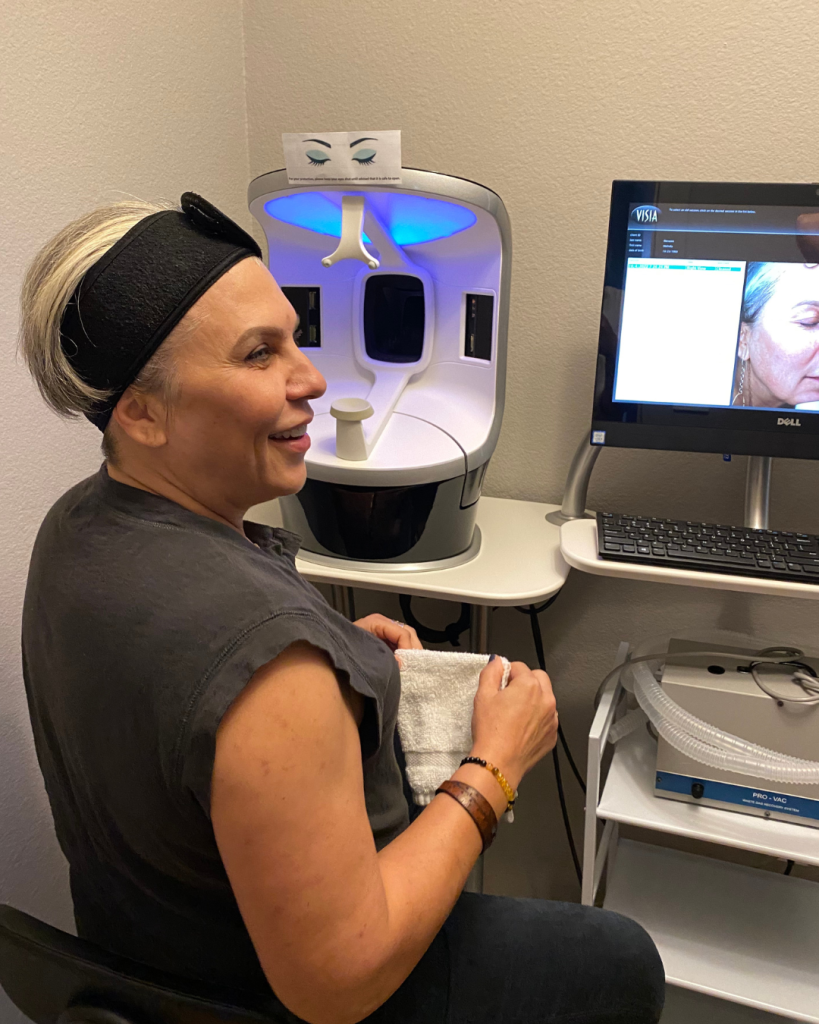
Here’s how to vet your injector:
- Are they licensed in your state? This is public information and easy to verify through your state’s medical or nursing board.
- Do they have an established practice with a reputation in your community?
Look for reviews, before-and-after photos, and referrals from other medical professionals. - Are they using FDA-approved products? You have every right to ask—and to see the packaging.
- Do they treat this like a medical appointment? There should be a consultation, informed consent, clinical documentation, and a follow-up plan. No one should be pulling syringes out of a purse.
The bottom line: you are not being “picky” by doing your research. You’re being smart. Neurotoxins are effective tools, but only in the hands of someone trained to use them well. Safety is sexy. Ask the questions.
What is a unit, and how many do I need?
A unit is a medical measurement that tells us the strength or dose of neurotoxin being injected. It’s how we standardize treatment. Think of it like milligrams for medication—it’s not about volume, it’s about effect.
But here’s where it gets tricky: not all units are created equal.
Each neurotoxin brand has its own formulation, and its units aren’t interchangeable. Twenty units of BOTOX is not the same as twenty units of Dysport. This is why price-shopping by unit cost alone doesn’t tell you much. What matters more is how much you need to get the result you’re after.
As a general rule:
- More units = a higher amount of active product
- Higher concentration typically leads to longer-lasting results
- But too much can freeze movement or make your face look unnatural
How many units do you need? That depends on:
- Your anatomy (stronger muscles may need more product)
- Your goals (softening vs. freezing)
- Your history (first-time vs. maintenance)
- The treatment area (forehead, crow’s feet, masseter, etc.)
- Your metabolism (faster metabolism people need more units because they burn through it faster)
- Location (areas, like the mouth, need smaller amounts to maintain functional movement)
A trained injector will assess your facial movement, recommend an appropriate dose, and explain why.

Xeomin vs BOTOX: Which Product is Best?
Questions about brands and product differences come up often, and the answer depends on a few important factors.
When choosing which neurotoxins to use in my practice, I am not just thinking about brand names. I am thinking about you, your safety, your results, and your long-term success with treatment. Here is what matters most to me:
- Safety profile: Every product I use has been thoroughly reviewed and tested. Patient safety always comes first.
- Data privacy in rewards programs: Some brands collect extensive patient data in exchange for discounts. I am selective about programs that protect your information.
- Minimizing the risk of antibody formation: Over time, repeated exposure to certain additives in neurotoxins may cause the body to build resistance. I prefer cleaner formulations that lower that risk so your treatments keep working.
- Product performance: I look at how the neurotoxin behaves, how precisely it works, how far it spreads, and how long it lasts. Each formula has different strengths, and I choose based on what is best for your goals.
- Patient cost: Some brands invest heavily in advertising, and that cost gets passed on to you. I aim to deliver excellent results without inflated pricing.
- Storage stability: In Hawaii, products need to be reliable in the face of longer shipping times and the occasional power outage. I choose options that hold up well in our climate.
The best product is the one that fits your face, your physiology, and your lifestyle. That is something we decide together.
How long does Neurotoxin last?
On average, wrinkle relaxers like BOTOX and Xeomin last about 3 months, but that can vary.
Your results depend on:
- Your metabolism (faster metabolisms may wear off sooner)
- The dose (more units in a muscle may last longer)
- The area treated (some muscles move more than others)
How long does it take to work?
For most products (BOTOX, Xeomin, etc.), you’ll start to see results in 3–5 days, with full effects kicking in by two weeks. If it’s your first time, it may take a little longer to settle. If it’s a repeat treatment and your muscles are still partially relaxed, you might see changes a bit faster.
Planning for a big event?
Give yourself a generous runway. Start your treatment plan at least 6 months out so you and your injector can fine-tune your results. For known responders, a touch-up about 4 weeks before the event is perfect. Avoid first-time injections just two weeks before a wedding, photo shoot, or major milestone. You want confidence, not surprises.
Does injection hurt?
It can—but it really shouldn’t.
With the right technique, the right needle, and proper product preparation, neurotoxin injections are quick and surprisingly tolerable. Most patients describe it as a tiny pinch or sting that’s over in seconds. Sometimes, people don’t feel the injections at all.
What not to do after your injections
Skip the sauna, hot yoga, facials, or massages for 24 hours. Getting too hot or putting pressure on the area can affect results. Gentle daily activity is fine. No lasers or heat based procedures for 2 weeks after injection. They can also interfere with the neurotoxin binding properly to its target.
Can I work out after BOTOX?
No. Work out beforehand, then give your body 24 hours to cool it—no heat or high-intensity movement.
Can I get injected while nursing?
Nope. There’s not enough safety data, and your baby comes first.
What happens if I get a droopy eyelid or brow?
It can be frustrating, but the good news is that it will wear off.
A droop usually happens when a small amount of neurotoxin drifts and relaxes the wrong muscle. This is uncommon and typically resolves before the full three-month mark.
In some cases, prescription eye drops can help by strengthening a muscle in the eyelid to open the eye more. It is a temporary issue, and a skilled injector will help manage it if it happens.
What happens if I don’t like my results?
At the two-week mark, we can assess and make any necessary adjustments. There may still be a stubborn wrinkle visible or an eyebrow that appears uneven. These touch-ups are common and part of the process.
In some cases, the best option is to wait for the product to wear off and make changes at your next visit. This is why a follow-up is so important. Every face is unique, and finding the right balance is a partnership.
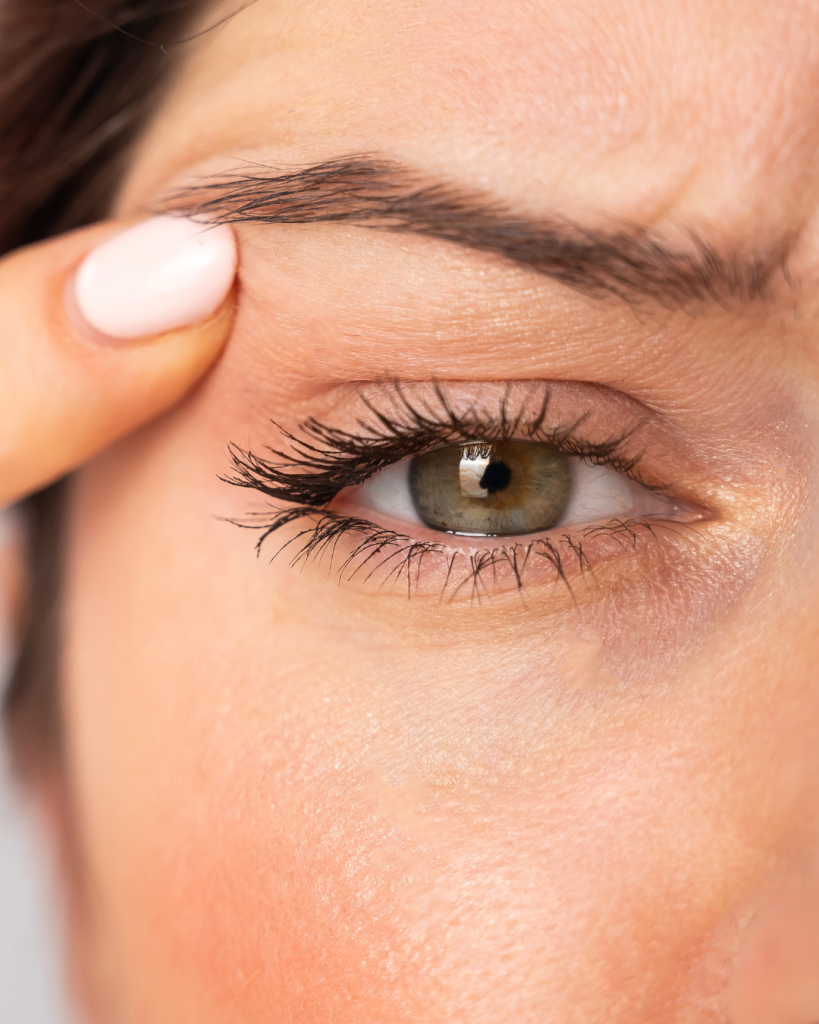
What other treatments can I pair with neurotoxin?
Facials: Plan these before your neurotoxin appointment. You want clean, calm skin before injection, not after.
Filler: This is an excellent pair. In many cases, we do both in the same visit for a more balanced and refreshed look.
Morpheus8 (on the body): Great to pair, just not on the face at the same time. Facial swelling from Morpheus8 can affect how neurotoxin settles.
Microneedling and Laser: These treatments are powerful but can cause swelling. To be safe, avoid neurotoxins for at least two weeks before or after these procedures.
Final Thoughts from Dr. Menezes
Ask questions. Trust your instincts. Neurotoxins are safe, powerful and effective tools in Aesthetic Medicine. But like anything powerful, it works best when you understand what it is, what it does, and how to choose the right care.
The best results come from thoughtful planning, honest conversations, and a provider who sees your whole self. When done well, these treatments support your natural expression and help you feel more like you.

